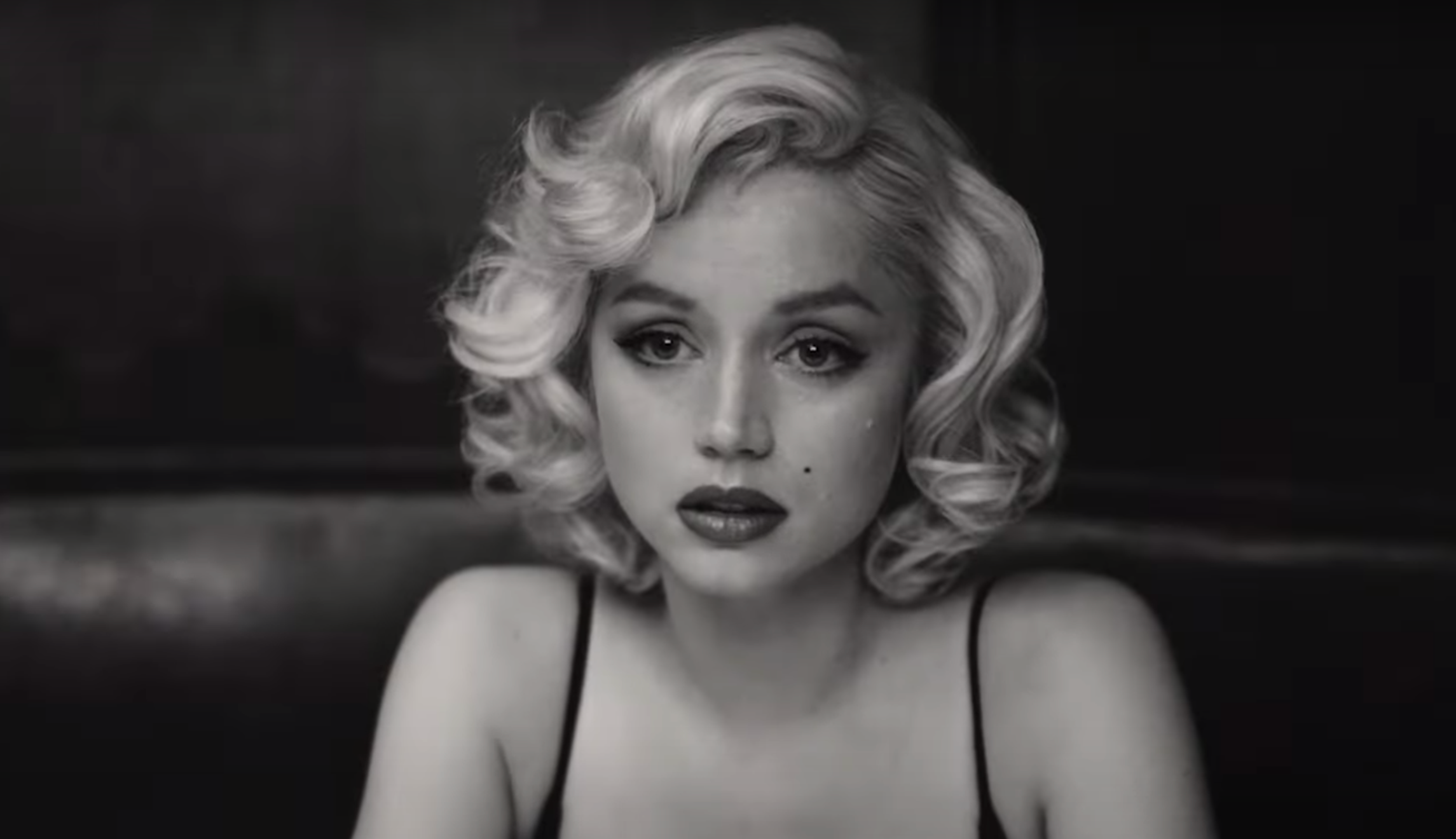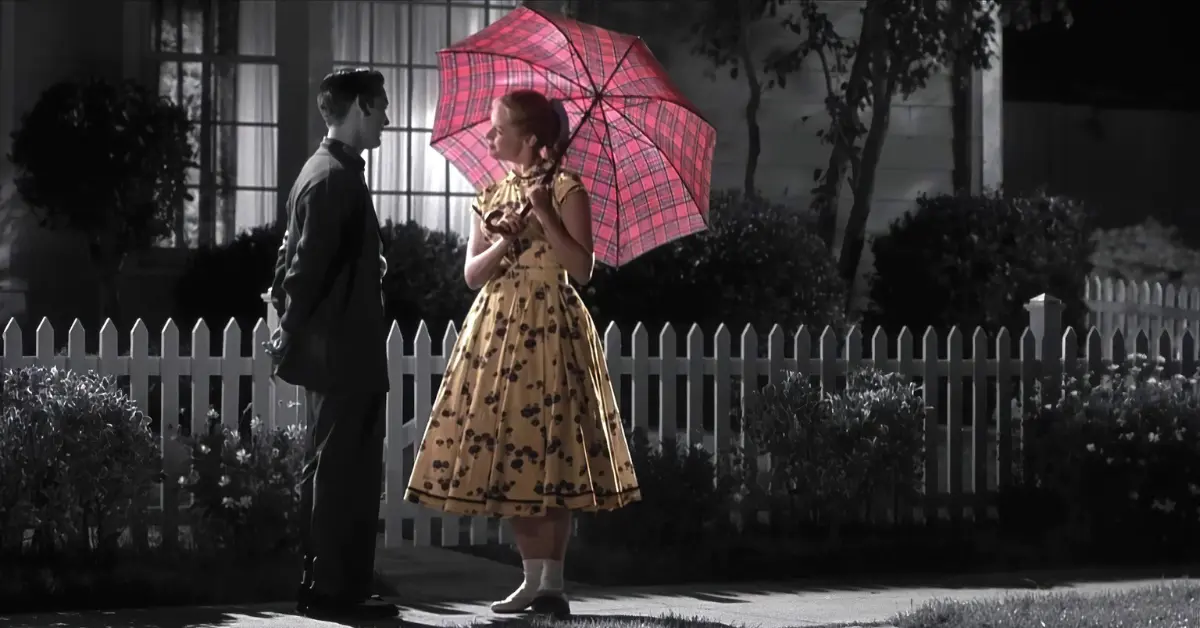Christopher Nolan’s Oppenheimer makes a brilliant use of dual-toned scenes including both black and white and colored scenes. The stark differences in the shade of colours throughout the movie made it an enriching experience for the audience.
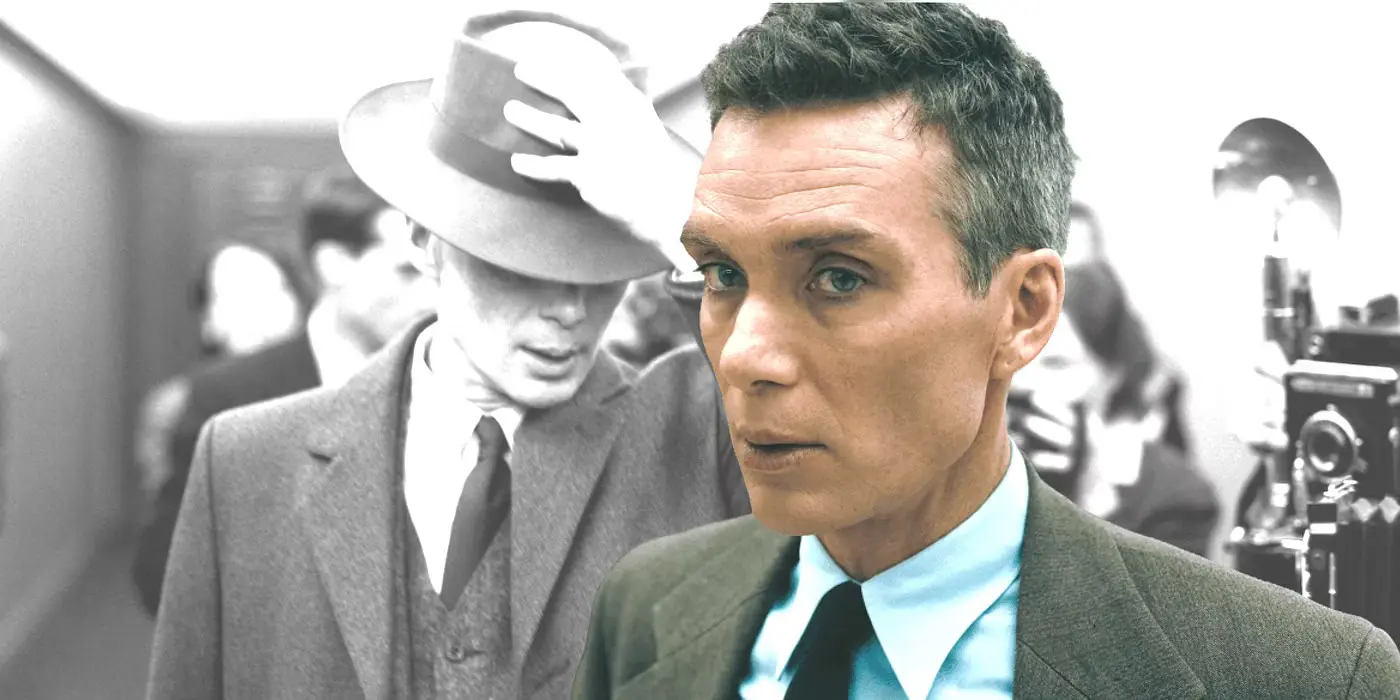
5 Movies Other Than Oppenheimer That Used Both Black & White and Colored Scenes
5. Pleasantville (1998)
The comedy-fantasy movie, Pleasantville was released in 1998. The movie made clever use of a dual colour palette. It follows the story of a brother and sister duo who are transported into a 1950s TV show named Pleasantville. As the brother-sister duo start to bring a change to the world of the TV show, the colour palette of their environment starts transforming as well. It was quite an interesting use of black and white and colour visuals.
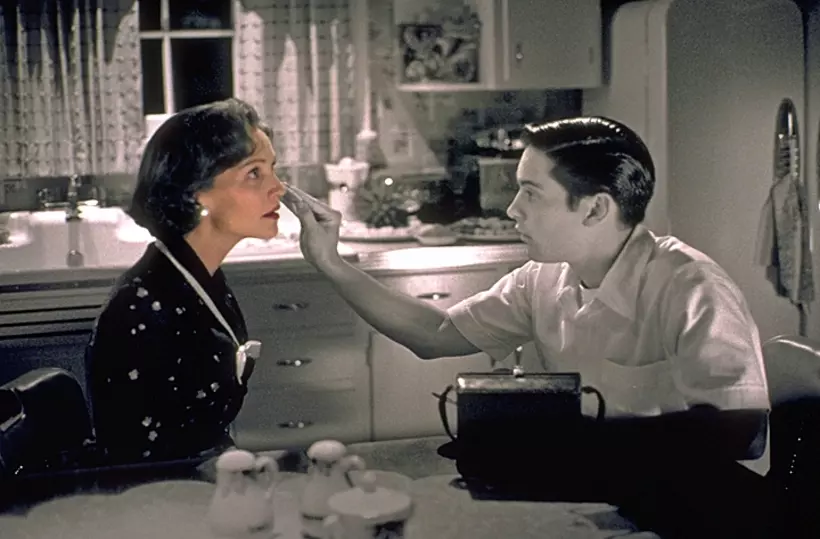
4. Moulin Rouge (2001)
Nicole Kidman and Ewan McGregor starrer love story was loved by many when the film was released. The beautiful love story about an English writer falling in love with a French dancer and courtesan was well-received by both critics and audience. Baz Luhrmann, the director wonderfully used colours to depict the moods and emotions throughout the movie.
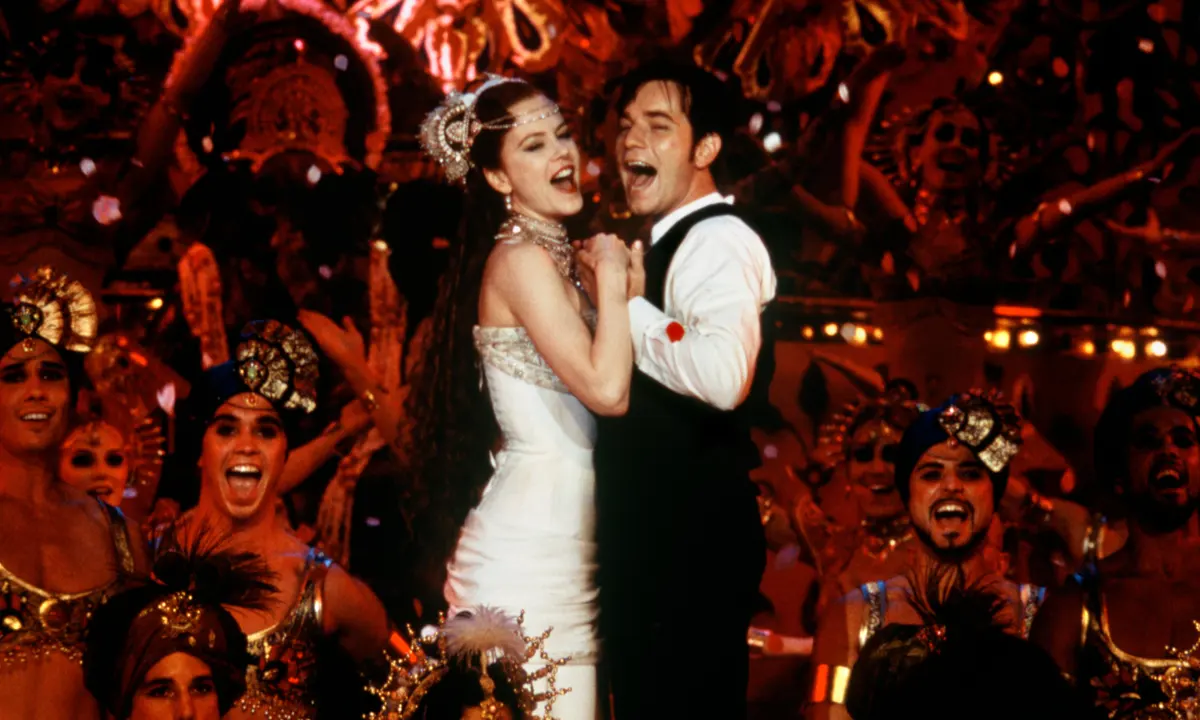
3. The Phantom of the Opera (2004)
Phantom of the Opera, the 2004 musical drama had some amazing performances by some amazing actors. Like Oppenheimer, Phantom of the Opera also featured scenes in both colour and black and white. The movie tells a tale of a violent love story where a disfigured musical genius falls in love with a young soprano who is in love with someone else.
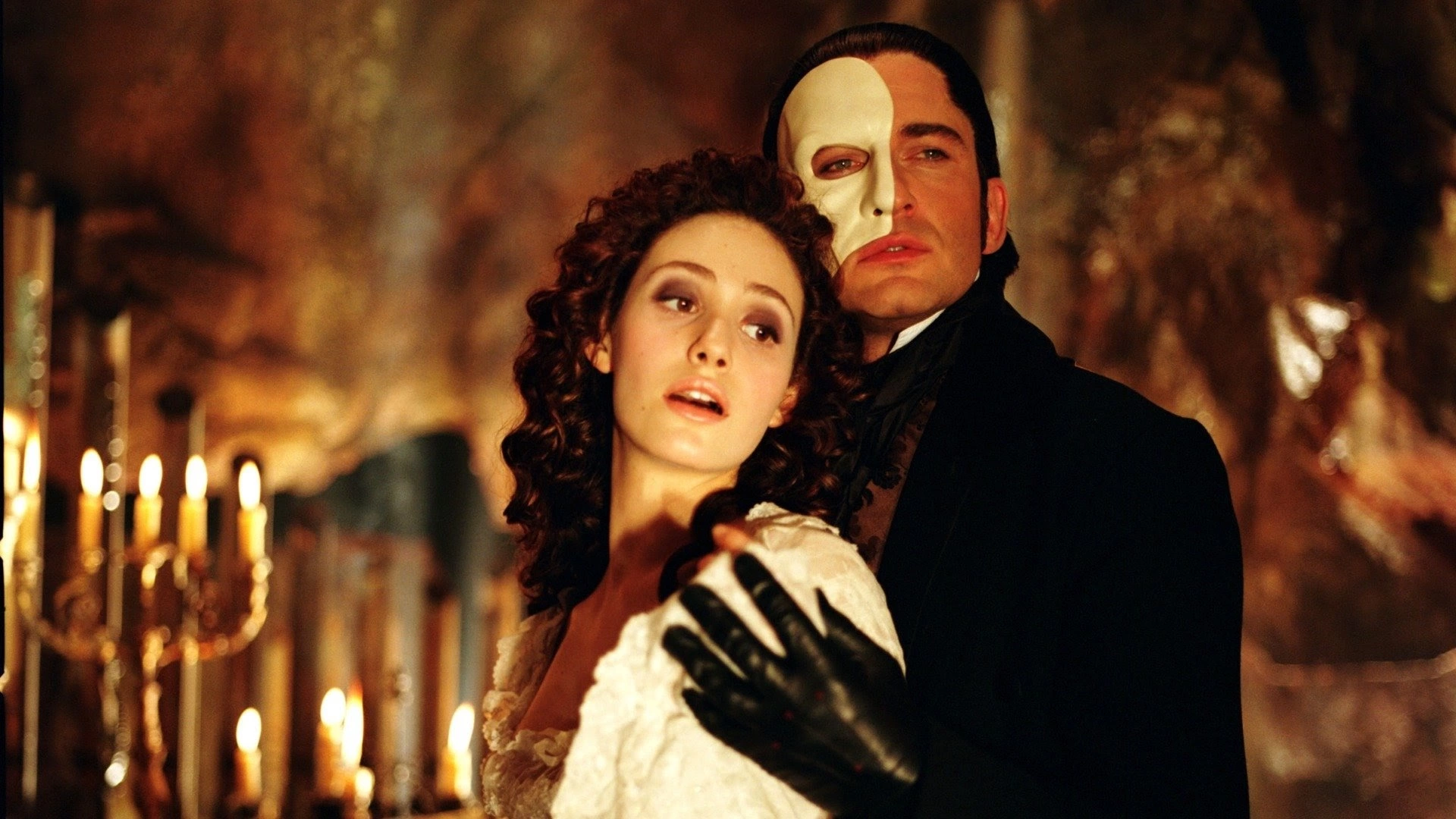
2. Kill Bill (2003/2004)
Quentin Tarantino‘s epic two-part action-crime movies were an instant hit with the audience. While most of the movie is shot in colour, certain fight sequences appear in black and white. Oppenheimer director Christopher Nolan and Quentin Tarantino have both set their mark in the Hollywood film industry. The reason Tarantino chose to show these violent scenes in black and white was to dampen the impact of gruesome and graphic violence.
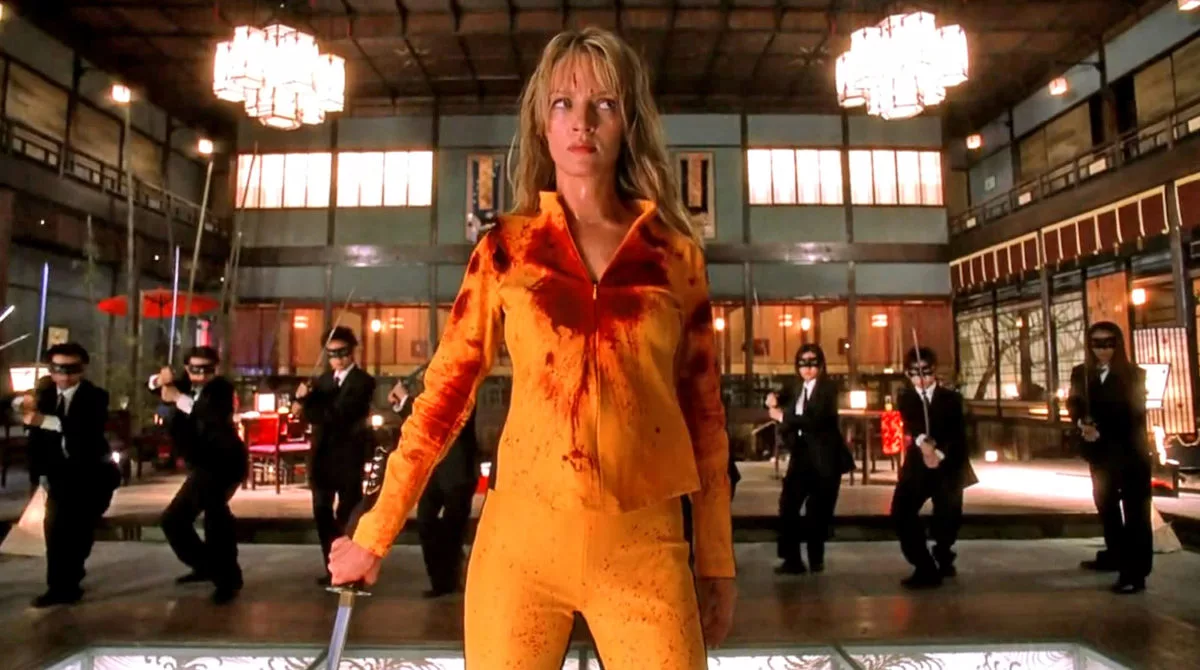
1. Blonde (2022)
Ana De Armas starrer Blonde received a lot of mixed reviews for its direction, as well as cinematography. The movie was based on Marilyn Monroe’s fictionalized lifestyle. While Oppenheimer had clear differences in its use of black and white and coloured scenes, Blonde wasn’t quite as direct in its use. The movie’s director, Andrew Dominik explained that the black and white scenes were shot to portray the emotional experience Monroe went through.
“I’m trying to put us within the collective memory of her; I’m trying to trap her within the collective memory, and [scenes in the movie] are selected on that basis. It’s not storytelling. It’s an emotional [experience]; it’s based on trying to harness your associations with images that you’ve already seen and put those associations in service of the story.
